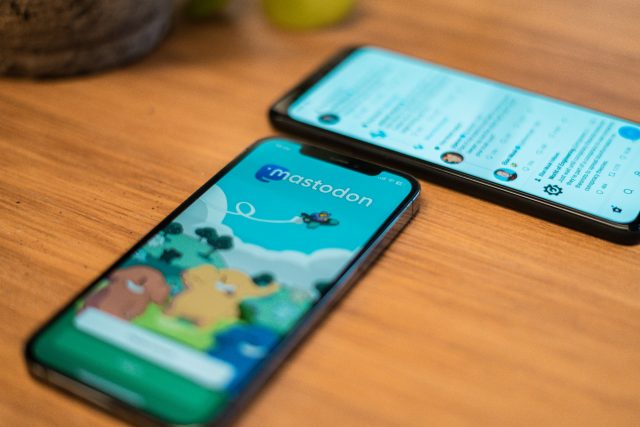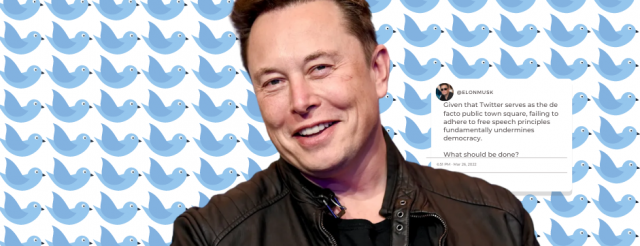
communication & digital engagement
Communicating during a pandemic – take-aways a year later
2020 was a year of change – literally. For communication professionals, it was undoubtedly a trying year.
Lockdowns re-shaped the entire ecosystem, and the profession had to push itself to break new barriers to keep up with these changes. The late spring of 2020 highlighted the need to engage with audiences in innovative ways more than ever.
A Reuters Institute study, published in June 2020, showed that the COVID-19 crisis caused a significant increase in news consumption, particularly for televised news and online news. It also suggested that a faster decline in the demand for printed newspapers had taken place due to lockdown regimes in various countries. The study also showed that the use of online and social media increased, even though trust in social media was less than half that of news organisations.
With the above-mentioned changes in the way people consumed information and the obvious constraints that prevented people from attending events and having face-to-face interactions, businesses found themselves forced to re-shift their strategies.
It has taught us to shift the focus from purely digital marketing to personalisation
Internal communications – what about the people?
One significant effect of the pandemic has been its impact on people. While COVID-19 left many people jobless, at the other extreme others had to fully immerse themselves in teleworking from one day to the other.
In a typical office setting, eight hours of work is different from eight hours of only sitting in front of your PC with no one to talk to. The pressure on employees had to be well managed to ensure a good work-life balance is maintained even as this disjunction’s physical boundaries were fading away from one day to the other. This is where internal communications played a critical role in working hand in hand with the HR function.
Being honest and informing employees in a timely manner about the various implications of the government measures were critical in 2020. For internal communication purposes, and not only, 2020 has registered an uptake of mobile apps used for internal communications, on top of more traditional platforms.
Messages summarising the official measures and providing more trustworthy information about the situation were the most appreciated. They helped filter through the amount of information (some of which was fake) everyone was exposed to. In a 2020 Institute for Public Relations survey, 81% of business leaders and communicators reported that communicating to employees was an “essential” or “high” priority, especially around operation changes and sanitation practices.
Consistency was also highly appreciated, as it grounded employees to a familiar and stable element. More attention had to be paid to individuals rather than collectives and in many cases, support (not just psychological but also resource-wise) was provided to those who needed it.
81% of business leaders and communicators reported that communicating to employees was an “essential” or “high” priority, especially around operation changes and sanitation practices.
Events – focus on experiences
The most obvious implication of the crisis related to confinements and social distancing. Teleworking replaced the office, and traditional events, and gatherings were no longer possible. April 2020, was the moment when businesses and event organisers alike realised something needed to change in this new context.
Traditional event organisers had to rethink their strategy and adjust to a new virtual environment with the increased competition for people’s attention and time commitment. Virtual events were not new to event organisers, but they were less favoured when other hybrids or traditional formats were available, as they could not replicate the interactions that take place during onsite networking events.
One of the most significant impacts of the pandemic has been the boom in virtual events. Every face-to-face meeting became a mini virtual event. MCI Group alone organised over 1,000 events in 2020, after the pandemic started. Many other organisations did the same, bringing the total number of virtual events to hundreds of thousands.
Given this level of competition, the struggle for visibility also translated to the online environment; efforts that were put into getting participants to register for an event were now put into getting participants to attend the event.
As the virtual experience is different by nature, audiences had to be engaged during these events via new, innovative concepts generating more virtual experiences than ever. Such experiences would aim to replicate live events as much as possible, including the networking component and the entire look and feel for attendees.
Given this level of competition, the struggle for visibility also translated to the online environment; efforts that were put into getting participants to register for an event were now put into getting participants to attend the event.
Media relations – back to the basics
Throughout 2020, the pandemic dominated media coverage and discouraged any IRL encounter with journalists and editors.
Nonetheless, has it dramatically changed the way we do media relations? Some might think we are just back to the fundamentals: putting relationship building and nurturing to the forefront. Crises have a way of reminding us of the importance of human connections.
We can no longer have a coffee with a journalist to discuss our clients’ latest news and output – but instead, we can give them a call instead of sending an email. To engage with them, you need to see them first as a person and not merely as a means of reaching your goal.
As everything went virtual, inboxes became saturated (even more than usual). Hence the need to communicate straight-to-the-point and present concise, useful information whilst pitching. Reconsidering your angle is critical. Twitter and LinkedIn are excellent platforms to check the journalists’ latest activity; this will allow you to customise your pitch and keep building the relationship.
It is essential to highlight the need for integrated communication (paid, earned, shared, and owned media) plans in your overall strategy here. In case you do not have anything ground-breaking to communicate to the press, don’t force it and do so via other channels. Social media is an excellent way to convey messages, even with no or limited budget. For example, getting media attention solely for key events only is more than ever overrated – make sure to fine-tune your message so that it encompasses much more than just the organisation of an event.
To engage with them, you need to see them first as a person and not merely as a means of reaching your goal.
Social media – engage for more
According to a report by McKinsey Digital, grocery, and social media are the two industries that showed the strongest growth during COVID-19. Many people have admitted to having doubled their social media usage over the crisis in March and April 2020. With a majority forced out of the office and public places, this has unsurprisingly encouraged digital practices to thrive. It turned out that such an expectation was not that obvious. Users did experience social media fatigue during the first round of confinement, which resulted in lower numbers relating to visibility (people spent gradually more time offline) and engagement (with less will to contribute to a debate).
As life resumes, it has taught us to shift the focus from purely digital marketing to personalisation. 2021 has been the year where budgets (both monetary and time) must be invested in making campaigns tangible. While many social media algorithms encourage organisations to promote campaigns, organic efforts based on social conversations should not be left aside. Outreach on Twitter, LinkedIn, and Instagram will work better if you first engage with other users. Algorithms flag the content of users you engage with as ‘relevant’. As a matter of fact, your content will most likely appear in their feed too.
Engaging is more than a buzzword: not only does it trigger the platforms’ algorithm, it makes social media truly relevant by allowing exchange of opinions on top of informing.
At logos, we design and coordinate tailored communication campaigns to ensure your organisation stays ahead by leveraging digital marketing strategies and creating customised online experiences. Are you trying to find new ways to connect and engage with your audiences or relevant stakeholders? Contact us to find out how we can help you cut through the noise and conquer them.





